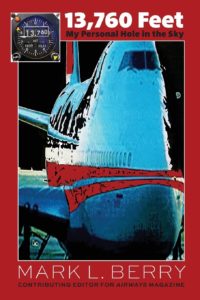
"An essay is a short piece of prose in which the author reveals himself in relation to any subject under the sun."
J.B. Morton
Facebook
Under the Sun
Recent Comments
- Cindy Bradley on Death, Driveways, and Dreams
- Armen Bacon on Death, Driveways, and Dreams
- Cindy on Death, Driveways, and Dreams
- Cindy on Death, Driveways, and Dreams
- Peggy on Death, Driveways, and Dreams
- Josie Earl on Death, Driveways, and Dreams
- Linda MacKillop on Finding Livelihood
- Cindy on Death, Driveways, and Dreams
- Maddie Lock on For Remembering How To Live Without You
- Jennifer Lang on Going Home Again
- Jennifer Lang on Things Lost, Things Found
- Melissa on Marge
- Melissa on Marge
- Melissa on Marge
- Stephen Gutierrez on Marge
- Stephen Gutierrez on Things Lost, Things Found
- Davis Birks on Vinescape
- Renee E. D'Aoust on The Dance Studio as Writer’s Studio
- Kirie Pedersen on Death, Driveways, and Dreams
- Kirie on Marge
- K.C. Pedersen on A Mennonite Soldier
- Melpub on The Dance Studio as Writer’s Studio
- Melpub on Meta-Hamster
- Melpub on Marge
- marian kilcoyne on Going Home Again
- Melissa on Marge
- Renee E. D'Aoust on For Remembering How To Live Without You
- Renee E. D'Aoust on The Dance Studio as Writer’s Studio
- Jennifer Lang on Things Lost, Things Found
- Bobbie Wayne on The Dance Studio as Writer’s Studio
- Bobbie Wayne on Marge
- Miriam on For Remembering How To Live Without You
- Cindy on Death, Driveways, and Dreams
- Renee E. D'Aoust on The Dance Studio as Writer’s Studio
- Renee E. D'Aoust on The Dance Studio as Writer’s Studio
- Renee E. D'Aoust on The Dance Studio as Writer’s Studio
- Renee E. D'Aoust on The Dance Studio as Writer’s Studio
- Renee E. D'Aoust on Things Lost, Things Found
- Sophia Kouidou on The Dance Studio as Writer’s Studio
- Mel Livatino on Death, Driveways, and Dreams
- Melissa on Marge
- Mel Livatino on Going Home Again
- Mel Livatino on Going Home Again
- Mel Livatino on Going Home Again
- Mel Livatino on I Love You, Please
- Christine on Marge
- Shiv Dutta on The Dance Studio as Writer’s Studio
- Shiv Dutta on Aloha
- Danna Ephland on The Dance Studio as Writer’s Studio
- Renee E. D'Aoust on Aloha
© 2016 Under the Sun Online.
All Rights Reserved.
Designed by WPSHOWER & CarlS
